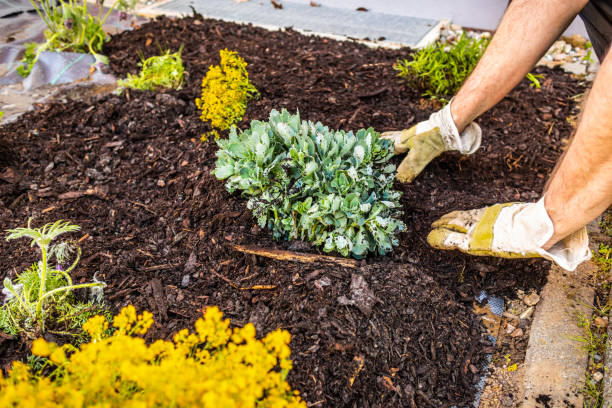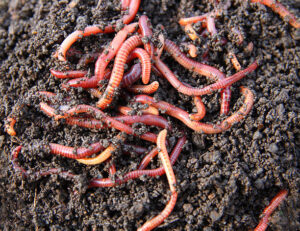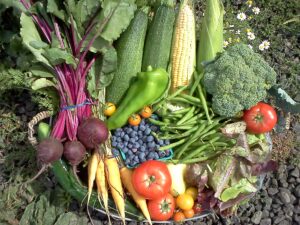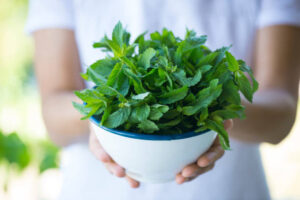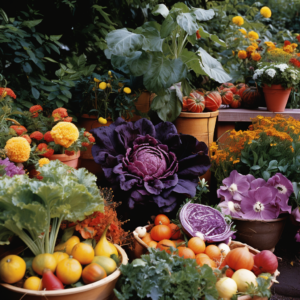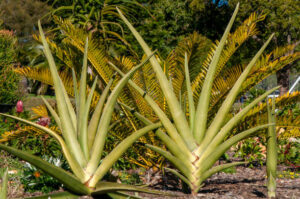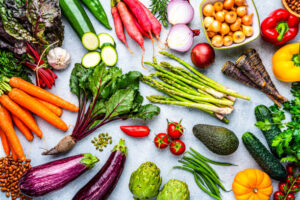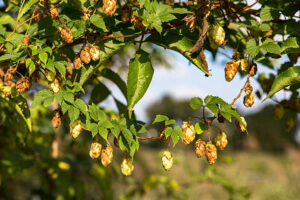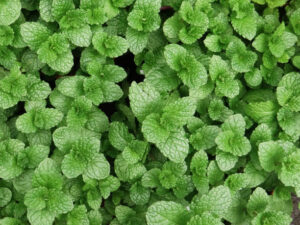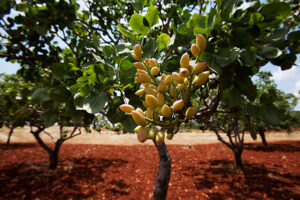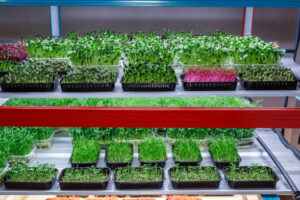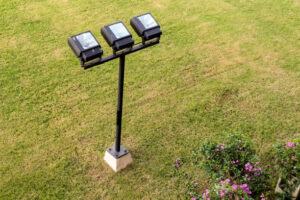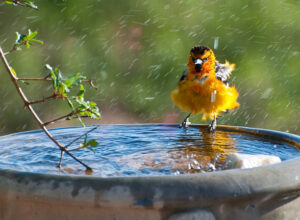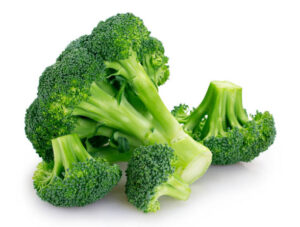Winter Vegetable Gardening: A Comprehensive Guide
Introduction
While winter often conjures images of dormancy in the garden, the truth is that it can be a season of abundance with the right approach to vegetable gardening. Embracing the chill and maximizing the winter sunlight allows gardeners to cultivate a variety of vegetables that thrive in the cooler temperatures. In this comprehensive guide, we’ll explore the ins and outs of winter vegetable gardening, providing you with practical tips to ensure a successful and rewarding winter harvest. From selecting the right crops to protecting them from frost, join us on a journey into the world of winter gardening.
Selecting the Right Winter Crops
1. Leafy Greens:
Leafy greens are winter champions, often thriving in the cooler temperatures. Consider planting varieties like kale, spinach, and Swiss chard. These hardy greens not only withstand the chill but also become sweeter after exposure to frost. Choose a sunny location with well-drained soil to encourage robust growth.

2. Root Vegetables:
Root vegetables, with their natural storage abilities, are well-suited for winter gardening. Carrots, beets, and turnips can be left in the ground and harvested as needed. Ensure that the soil is loose and well-drained to facilitate easy root growth and prevent freezing.

Protecting Your Winter Garden
1. Mulching:
A layer of mulch around your winter vegetables acts as a natural insulator, protecting the soil from extreme temperature fluctuations. Use materials like straw, leaves, or compost to provide a cozy blanket for your plants. Mulching also helps retain moisture and suppress weeds.
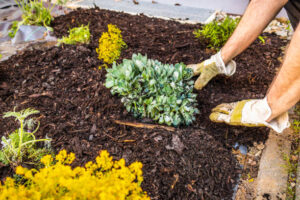
2. Row Covers:
Row covers are a practical solution to shield your winter crops from frost. These lightweight fabric covers allow sunlight and moisture to penetrate while providing a protective barrier against the cold. Secure row covers over your plants during particularly frosty nights to safeguard them from chilly temperatures.
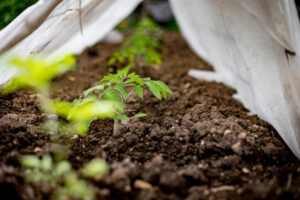
3. Watering Strategies:
While it may seem counterintuitive, proper watering is crucial in the winter garden. Ensure that your plants receive adequate moisture, especially during dry spells. However, be cautious not to overwater, as excess moisture combined with freezing temperatures can lead to root rot.
Read More: Best Splitting Axe: Choosing the Right Tool for Firewood

4. Regular Harvesting
Keep a vigilant eye on your winter garden and harvest crops regularly. Pick leafy greens, root vegetables, and other winter delights as they reach maturity. Regular harvesting not only ensures a fresh supply for your kitchen but also encourages continuous growth.
5. Soil Care
Good soil health is the foundation of a thriving winter garden. Test your soil for nutrient levels and adjust accordingly. Consider adding organic matter like compost to enhance soil structure and fertility. Healthy soil promotes robust root development and overall plant resilience.
Conclusion:
Winter vegetable gardening is a rewarding endeavor that transforms the dormant season into a time of flourishing harvests. By choosing the right crops, implementing protective measures, and maintaining vigilant care, you can enjoy fresh, homegrown produce even in the coldest months. Embrace the winter garden as a canvas for diverse flavors and textures, and let the chill of the season become a backdrop for abundance. Happy winter gardening!

